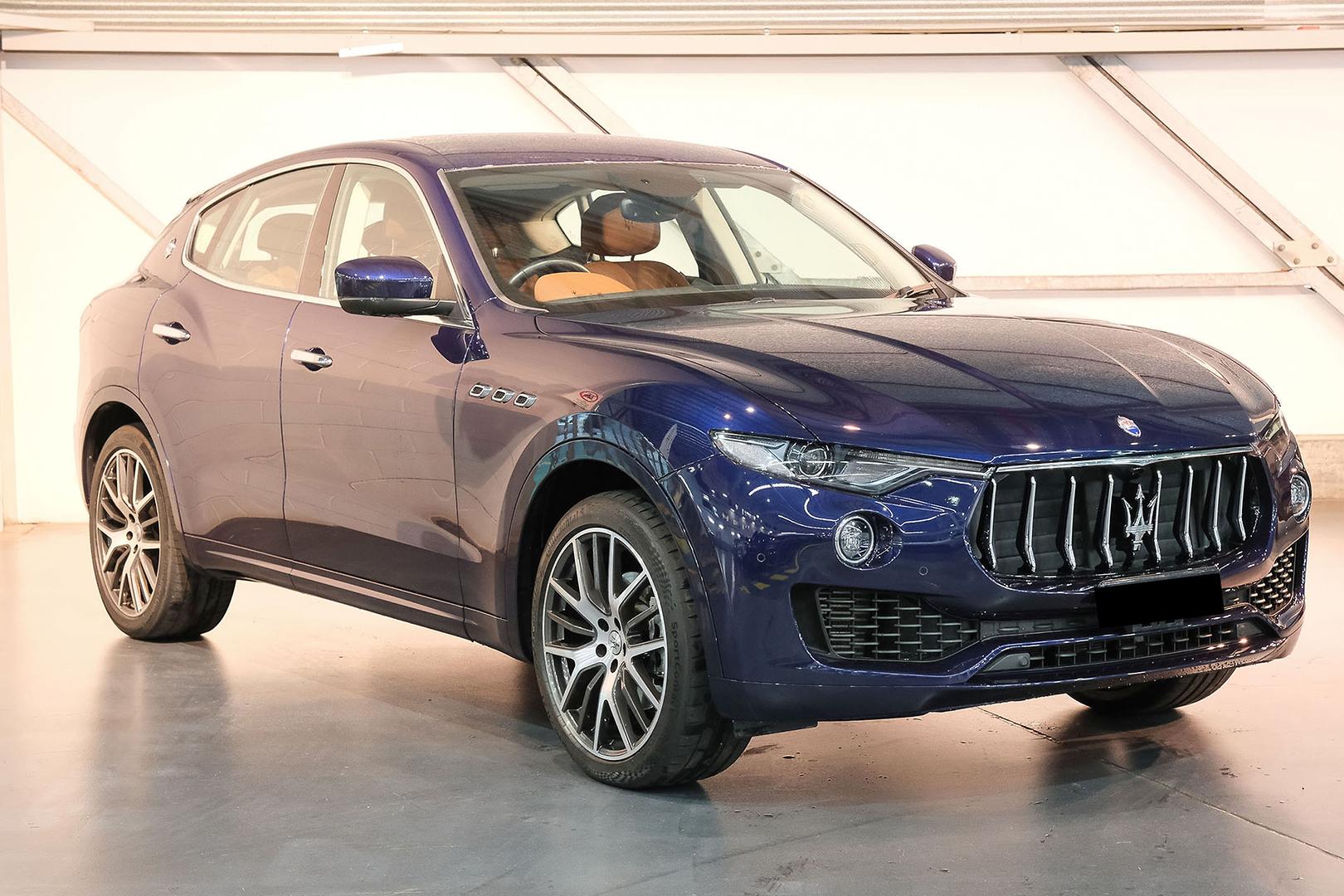Norm's 1948 Trojan 15 van PROJECT
Yes, you read correctly, Norm was well into his eighth decade when he decided to take on this project; a rare Trojan '15' delivery van from 1948. The 15 cwt (hundredweight, equivalent to one tonne, or around 760 kg payload capacity) Trojan was a continuation of the British company's popular range of pre-War two stroke commercials, with the main difference being a redesigned engine, unveiled in late 1946. While two strokes were not uncommon in motorcycles from this period, their application to commercial vehicles certainly was, with Trojan being unique amongst British manufacturers in running a two stroke in this type of vehicle.
On first inspection, the Trojan's 4-cylinder 'Dragon 65' engine looks like a v-twin. Norm explained that the four watercooled 'power' cylinders are all on the offside, with a common combustion chamber for each pair of cylinders (hence their being only two spark plugs). The nearside contains two aircooled 'charger' cylinders, run in place of crankcase induction from Trojan's older two stroke designs. These prime the fuel, essentially serving as a supercharger, or what Norm refers to as semi-charged, as performance from the 1,186cc (72ci) engine is anything but 'super'!
Trojan had enjoyed success with their two stroke-powered vehicles through the 1920s and 30s, with the torquey, economical engines proving particularly popular with commercial vehicle operators, so much so that by the late 1920s, commercial vehicles, mostly compact 5 cwt delivery vans, accounted for almost 38 percent of Trojan production. When Trojan ceased passenger car manufacture in 1937, commercial van production continued, thanks to regular patronage from the UK postal service, RAF and a number of large firms who used Trojans exclusively in their delivery fleets. Carrying capacities up to 12 cwt were offered, while Trojan's versatility in the variety of bodies they were able to produce (including examples shaped like a teapot and oil can!) kept customers coming.
Norm's Trojan 15 features a conventional body, but that doesn't make it any less rare. Any Trojan from the 1940s and 50s is uncommon these days, but survivors with the Dragon 65 engine are among the rarest of the lot. Norm believes his 1948 15 is the only example in existence, pointing out that not even the Trojan museum in the UK has one.
So how did Norm's van end up here? In the late 1940s, Trojan 15 delivery vans were exported to Europe, Australia and New Zealand, amongst other 'Empire countries'. Much of the history of Norm's van is unknown, beyond the fact that it was used for daily grocery deliveries between Geelong and Colac. It still had its original engine and many of its original fittings when Norm acquired it, but needed a thorough restoration.
The major item that needed replacing was the timber framing for the doors and steel-skinned van body. Norm estimates he spent $4,500 on timber alone to completely reframe the body. With the body off and running gear removed, the chassis was sandblasted and repainted silver, with the engine given the same treatment following fitting of all new seals and bearings. An all-new exhaust system was fitted, while the rear end was rebuilt, as were the brakes. Being a qualified engineer, Norm found dealing with this part of the project relatively easy, but no less expensive or time consuming.
Aside from the timber, the other major expense was the electrics. Age and vermin had reduced the original wiring loom to tatters, so $3,000 was spent on all new wiring, lights and globes, including a new interior light, rechroming the headlight shells, and adding indicators front and rear, which weren't originally fitted. The instruments, which curiously don't include a fuel gauge, were reconditioned by Ringwood Speedometer Service.
For the interior, Norm called on his son, at McBride Auto Upholstery in Ringwood, to reupholster the bench front seat. All the glass was replaced, floor carpeting added, and new vinyl trims fitted to the doors. The doors feature polished brass hinges, chrome-plated handles outside and painted latches inside, but need some specialist cabinetmaking skills to reshape them to fit the door apertures correctly.
Virtually all the painting has been done, in a complimentary shade of dark green and cream. This extends to the wheels and hubcaps, the latter of which are in remarkably good condition for their age. With a view to safe operation on the roads, Norm has fitted twin wipers, along with the aforementioned indicators and a new heavy duty battery.
To the stage you see here, the Trojan has been a 30-month job, with the last nine of those consisting of fairly solid work on the project. However, as he's unable to complete the restoration himself, Norm has decided to offer this project for sale as is. See below for more details.
FOR SALE - NOTE: For sale details were accurate at time of posting - June 2, 2013
Having recently turned 87, what Norm's been able to achieve has been impressive, but the long time (we mean REALLY long time!) enthusiast has other cars he'd like to focus on, so is offering the Trojan for sale unfinished. As you can see, a lot has already been done. Aside from the doors, the Trojan is complete.
The Trojan's 165 cubic feet of carrying capacity translates to around 4.67 cubic metres, so the 15 has a lot of practical carrying space. Just don't expect blazing performance, as top speed is only around 65kph. However, as a mobile advert for your business, this vehicle would certainly stand out.
With over $30,000 spent on the project to date, Norm advised that he's willing to sell it for this price, or nearest offer, adding that he may consider exchanging the Trojan for a fully restored classic car from the 1925 to 1930 period. Three workshop manuals and a selection of Trojan newsletters from the UK will be included with the sale.
Phone Norm on (03) 5987 2864 for further details.























